New Topographics was a term coined by William Jenkins in 1975 to describe a group of American photographers whose pictures had a similar banal aesthetic, in that they were formal, mostly black and white prints of the urban landscape. The photographers associated with New Topographics include Robert Adams, Lewis Baltz, Nicholas Nixon and Bernd and Hiller Becher, who were inspired by the man-made.
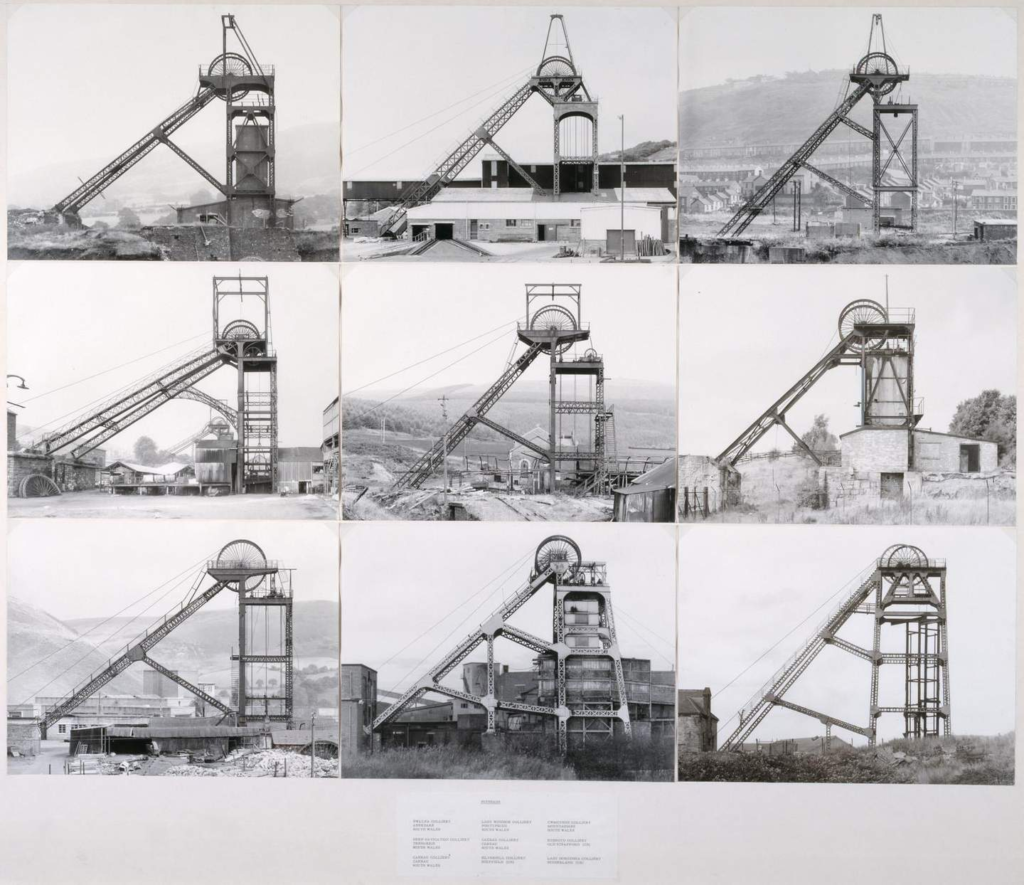
Composition. Centred, ‘matter of fact’ style framing, flat horizontal and straight vertical lines are all hallmarks of New Topographic photography. Composition is everything and what you exclude from your frame is just as important as what you include.
What was the New Topographics a reaction to?
It is a reflection of the increasingly suburbanised world around, and a reaction to the tyranny of idealised landscape photography that elevated the natural and the elemental.
Robert Adams
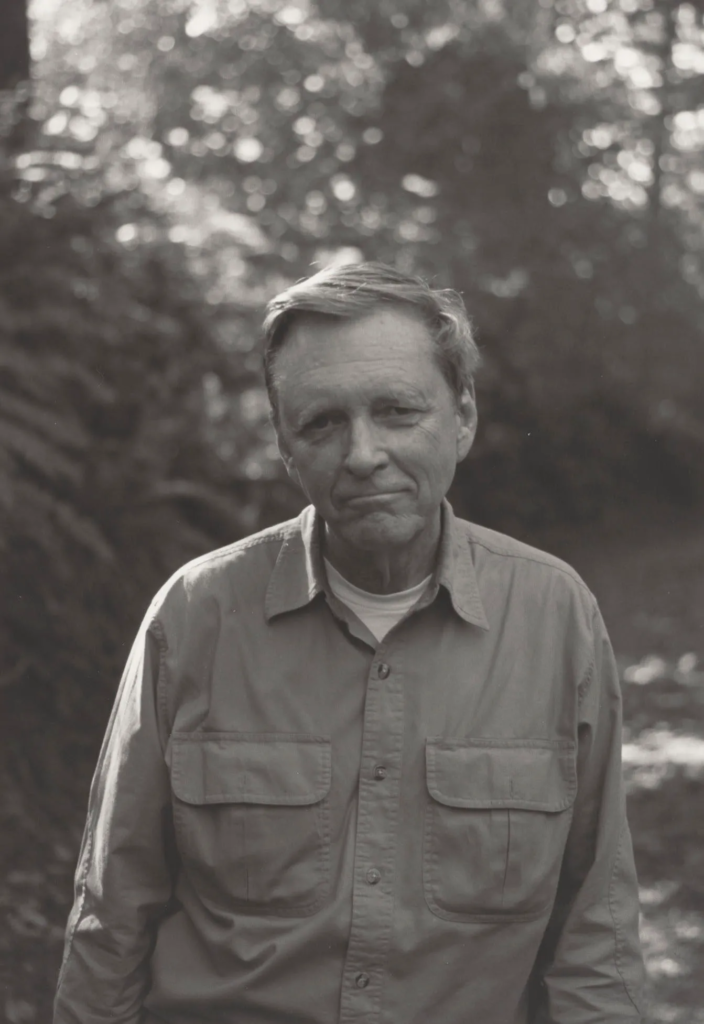
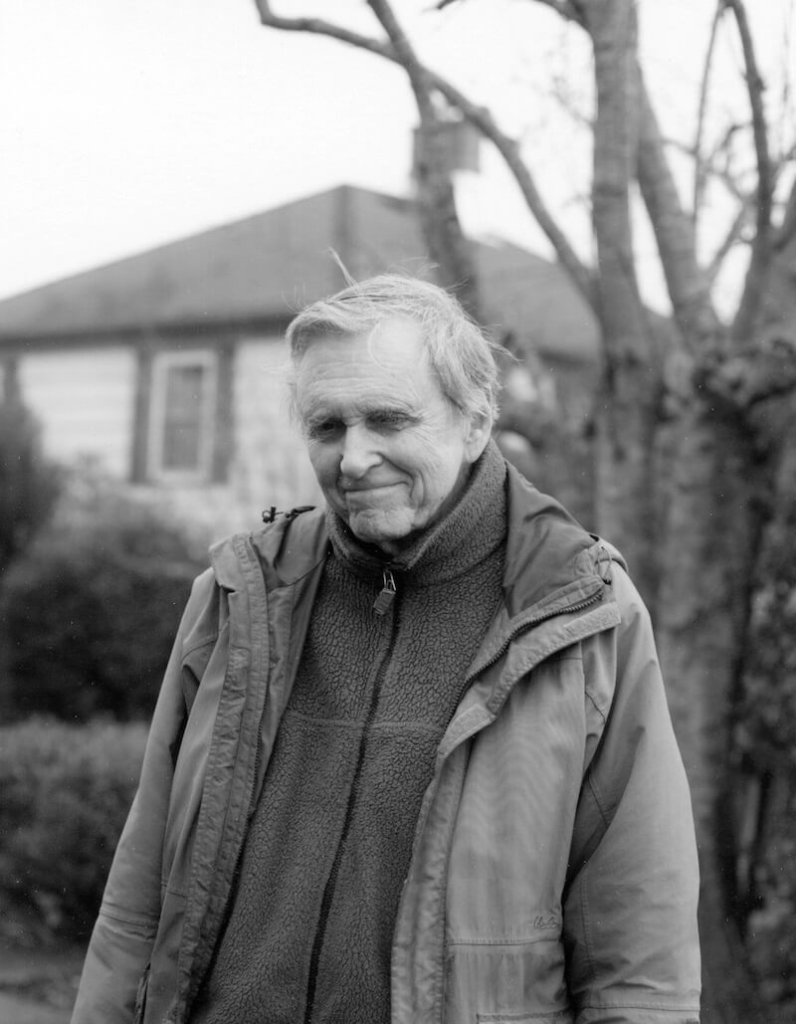
Robert Adams (born 1937) is an American photographer who has focused on the changing landscape of the American West. His work first came to prominence in the mid-1970s through his book The New West (1974) and his participation in the exhibition New Topographics: Photographs of a Man-Altered Landscape in 1975.
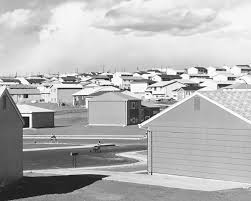
Adams Style – a spare formalism coupled with emotional depth.
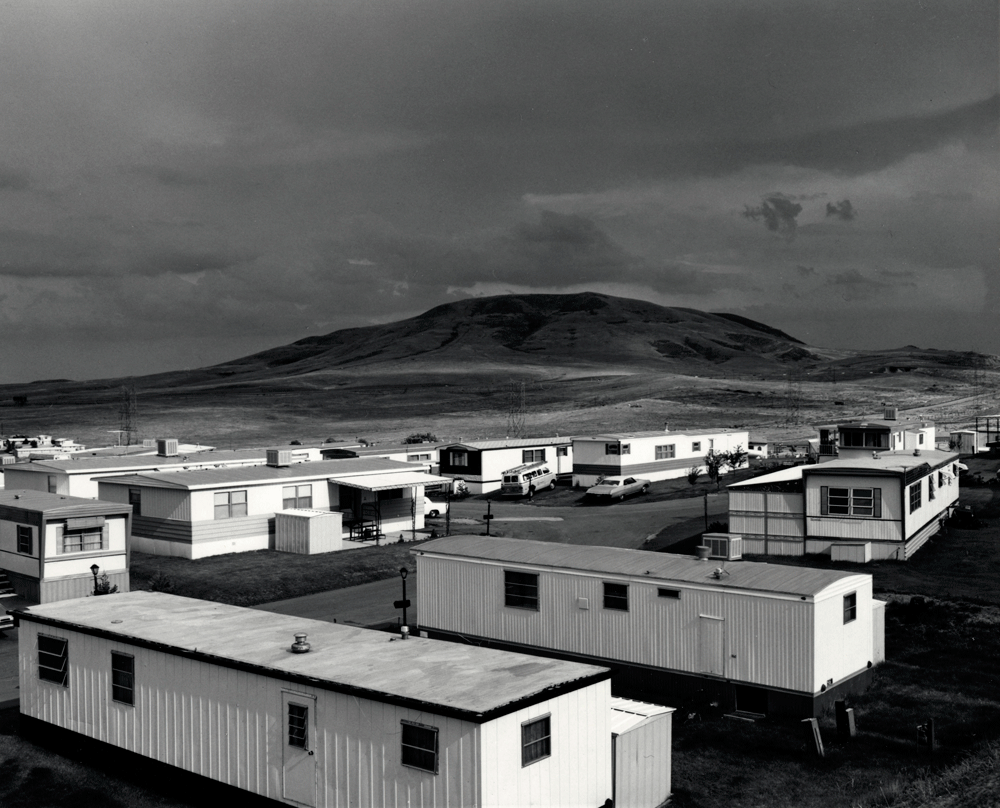
Analysis
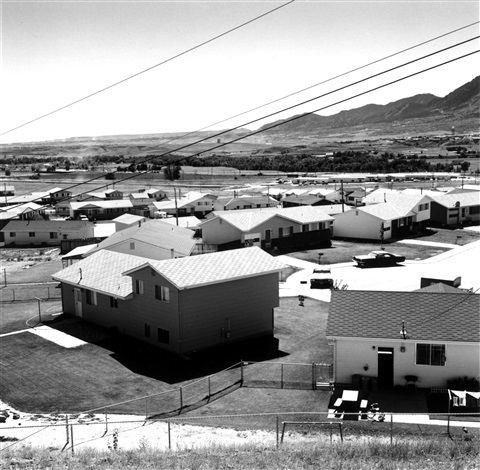
Contextual (Photography in Relation to Its Environment & Purpose)
Robert Adams’ work in the New Topographics movement (1970s) responded to rapid urbanization and environmental change. Instead of romanticizing landscapes, his photos presented suburban expansion with a neutral, detached perspective. This image shows the tension between natural landscapes (the distant mountains) and human development (tract housing and roads), highlighting the spread of suburbanization in the American West.
Conceptual (Ideas & Meanings in Photography)
This photograph challenges traditional landscape photography by portraying the human-altered environment rather than untouched nature. Adams doesn’t dramatize the scene; instead, he presents suburban sprawl as mundane yet thought-provoking. The image invites viewers to reflect on progress vs. loss, raising questions about how human expansion reshapes nature. The placement of the mountains in the background suggests an underlying contrast what the land once was vs. what it has become.
Visual (Composition & Aesthetic Aspects)
Framing & Depth: Adams uses a straightforward, almost clinical framing with a balanced composition. The houses and streets lead the eye toward the mountains, subtly reinforcing the idea of encroachment.
Lighting & Tone: The use of black and white removes any romanticized colour, making the scene appear stark and factual. The tonal contrast between the light-coloured homes and the darker roads creates structure in the composition.
Repetition & Patterns: The uniformity of the houses and roads emphasizes suburban monotony and the lack of uniqueness in modern development.
Textual (Photography & Language/Representation)
Absence of People: By not including human subjects, Adams shifts focus to the environment itself, letting the landscape tell the story of human impact.
Title as Context: “Colorado Springs, Colorado” is direct and unembellished, reinforcing Adams’ documentary approach. The neutrality of the title reflects the movement’s goal of avoiding subjective emotional influence.
Photographic Language: The image’s restrained, observational tone aligns with the New Topographics philosophy describing rather than judging.
Joint Analysis
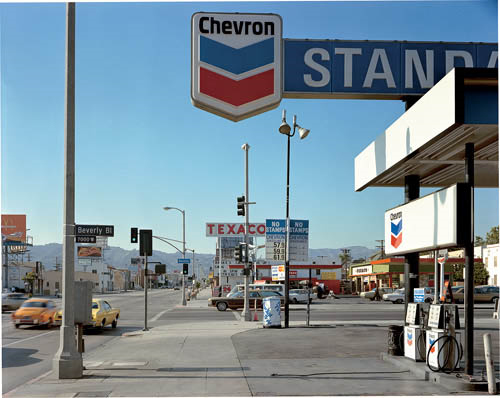
Stephen Shore, Beverly Boulevard and La Brea Avenue, Los Angeles, California, June 21, 1975, chromogenic colour print
Visual
The line across the horizon, squashed compressed loads of negative space in the top of the image
Technical
Clear sky no clouds, cold lighting, hard edged distinct shadows
Contextual
8 cars 4 pumps and 3 gas stations this photos about the cars and roads connecting places back together all about petrol cars and oil damaging the environment. sense of nationalism red white and blue colours same as the American flag.
Conceptual
The road leads back to the mountains and open air. leaving the squashed ruined land and going back to the beautiful open sky of California.

Good progress, well done!
Keep adding more examples and detail too…then compare to your own photo-shoots and edits